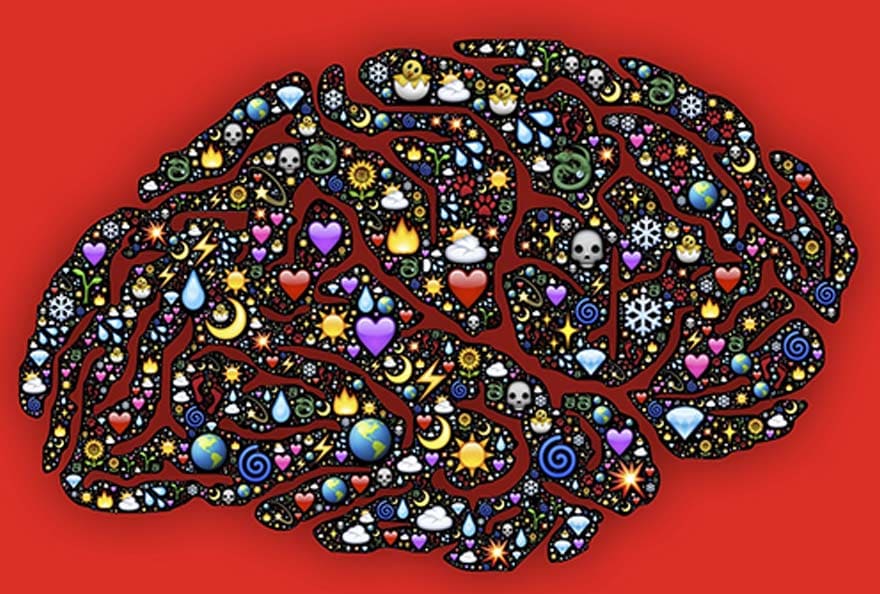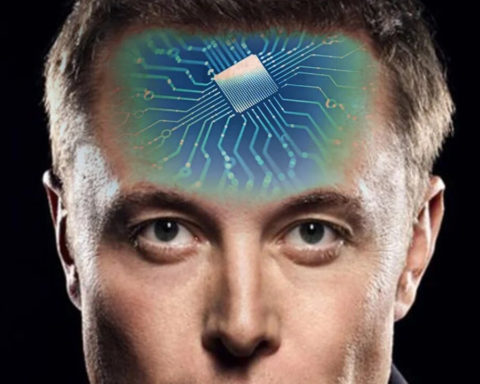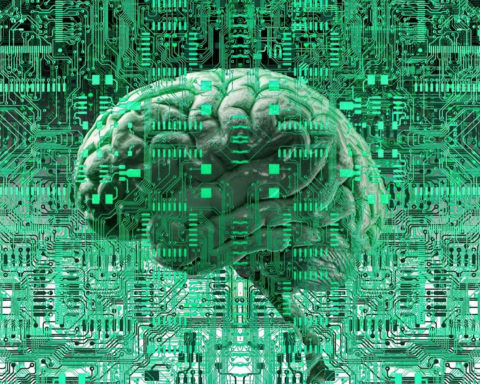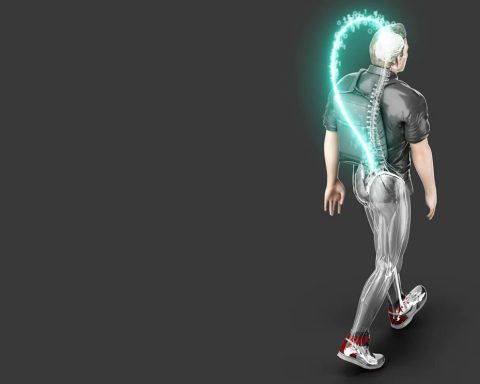Working on the memory of the future
Breaking the Illusion of Cognitive Mastery
Learn to open up your perceptions more widely
Becoming aware of the power of emotions
Experimenting with disruptive agility





Already registered? I'm connecting
Register and read three articles for free. Subscribe to our newsletter to keep up to date with the latest news.
→ Register for free to continue reading.

You have received 3 free articles to discover UP'.





